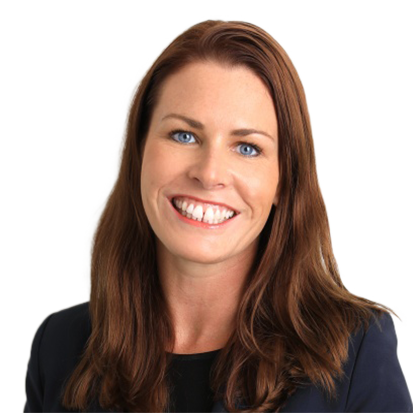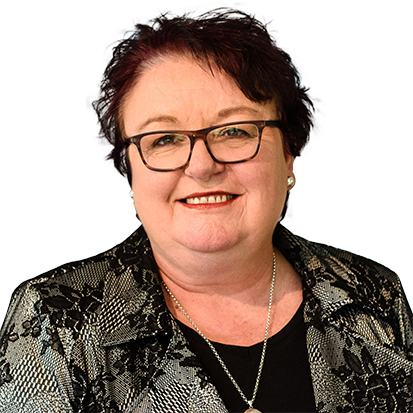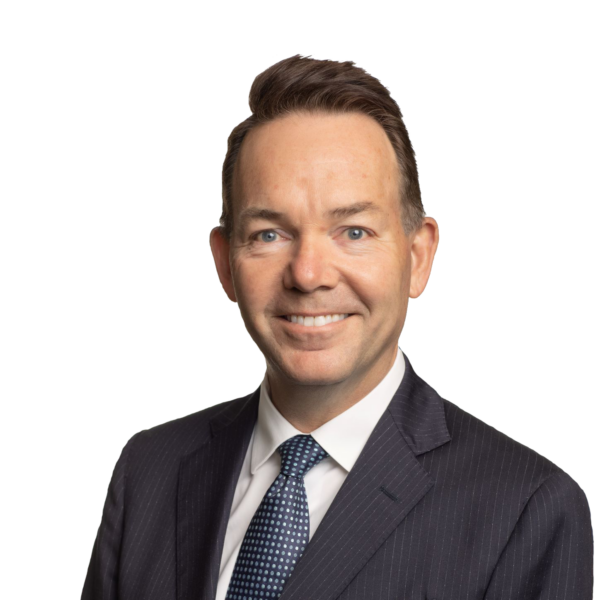8 March 2023
To mark International Women’s Day 2023, NDY’s Sydney, Melbourne, Perth, Auckland and Wellington teams hosted a unique hybrid panel event on Thursday 2 March 2023, celebrating the official United Nations entity for gender equality and the empowerment of women theme of DigitALL: Innovation and technology for gender equality.
Our team took away a number of key points from the lively discussion:
Leadership
Role models are important for women in leadership, but they don’t need to be female. They could be an inspirational junior colleague or the male principal at your child’s school. If you connect with that person through shared values or interests, then let them inspire and influence you.
‘It’s important even if there may not be a female leader in your organization now, that you draw on your sponsors, your leaders and your role models within your organization,’ said Anna Broughton.
Be intentional in your leadership. Go out and attract diversity to your organisation. It will bring diversity of thinking and that will improve your organisational outcomes.
‘How do we make sure that when we’re looking at these roles in leadership, it’s truly diversity of thinking – not just from the gender someone shows up with but also how they approach problems. We know that will lead to better outcomes,’ said Karen Iles.
For many female leaders now there’s a need to demonstrate to their teams a way of working that enables all staff to bring their whole selves to work.
Anna Broughton positioned this as a need to live organisational values which support balance through action: ‘If you talk about having a culture where you want people to be authentic and you want them to bring their best selves to work, it’s important for the leaders to have those conversations. For example, I’m a mum of 2, so if I’m going to go to an assembly or I want to go and watch the kids at sports day, I make a song and dance about where I’m going when I walk out the door.
‘Because I want people to know that it’s not just lip service. That’s actually how we think and we want you to think as well. And, again, there’s bringing your whole self from a point of view if you have children, if you’re part of the LGBTQA+ community, or another one, or retirement planning. This isn’t something that gets talked about a lot. We’re also focusing on maternity or paternity plans and what they look like.’
Diversity and Inclusion
Having a diverse team making decisions, and challenging decisions within organisations, leads to better outcomes for the business and the communities it serves.
An example from Alison Mirams involved a change to safety protocols on site, stating that all visitors must wear long sleeved pants and long sleeved, collared shirts.
‘I asked, so who is this for? If your client is a female, are you going to tell her she can’t come to site? Yes was the reply. I said that’s not going to work. And they actually changed the policy.
‘Very simply, the more that you can have people around the table thinking about everyone that’s going to be affected by a decision, the better result you get for your business’.
Jo Miller commented, ‘McKinsey has shown that the companies that are the most diverse in every sense offer the most shareholder value and offer the most growth. Conversely, those that offer the least diversity actually track the least.
‘There are more men who are called Dave in New Zealand who are CEOs than there are women. In the UK there are more CEOs in the FTSE 250 who are called Michael or John than there are women or ethnic minorities. What all that means is that we miss out on talent. So I’m really clear in my role that it’s important for me to be intentional about bringing on talent to make sure that the organisation is the best that it can be.’
Karen Iles built on Jo’s thinking by adding, ‘It’s been proven time and time again that diversity doesn’t just equal profitability at the bottom line of a company, but it has a direct correlation to innovation. And I think that kind of thinking through our teams – thinking through diversity of thought and diversity of lived experience – is really critical to be able to bring the right solutions to our clients.’
Opportunity
While many women opt to be primary caregivers for family, there’s still a gap in the working world where part-time roles can be viewed as less impactful than full-time roles, or where part-time roles are not properly designed.
‘You’re given a full-time role description and you just do it in three days so you feel like you’re forever never getting through it all. You’re always playing catch up. I think it’d be interesting to have a look at how a project, office or company is set up to see if we can define roles in a more part-time way.
‘I think that would be an amazing equaliser and a better way to work.’ Commented Lisa Kelly.
Delivering balance for all staff – an ingredient for equality
When organisations focus on innovative ways to achieve work life balance for all their staff, the consequences are wide ranging. The change, which may be focused on a male workforce, can have massive positive ramifications for women. An example is Roberts Co and their push for construction site work to be undertaken during a 5-day week, rather than 6.
‘When we built Concord Hospital, we said to NSW Health Infrastructure, given the high suicides and high divorce rates we need to build a 5-day week. We did, and the findings were what you’d expect. Staff had better work life balance. They were happier, healthier, less depressed and less fatigued. They spent more time with the kids – taking them to Saturday sport – and playing sport themselves.
‘What I didn’t expect was the feedback from the partners – there were 16 next of kin in the survey. They said the 6-day working week in the construction industry perpetuates a gender stereotype – dad is the breadwinner and mum is the carer. Women can’t take on full-time employment because dad’s hours are so long and inconsistent and they need to do the caring. So the realization for me was that our working hours stop women from having a career.’
Watch the recording of the panel session
Extra questions for our panelists
Our in person and online audience was very engaged in the conversation – submitting so many questions during the session that our panel couldn’t address them all. Anna Broughton and Alison Mirams took some time to answer their favorite questions from the audience.
















